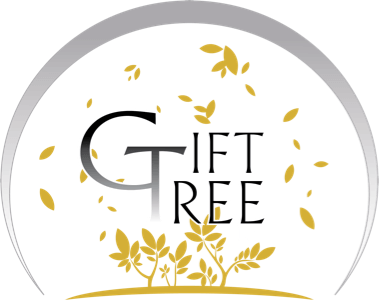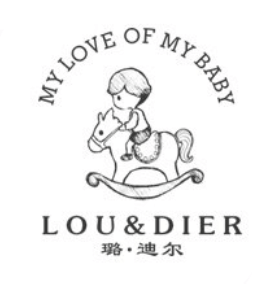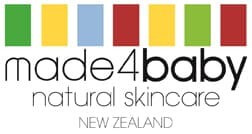
Dried Fruits
Smartfox Books Code: PR91299
$578.00 NZD
Approx $347.55 USD
Approx $347.55 USD
Description:
Dried fruits serve as important healthful snack items around the
world. They provide a concentrated form of fresh fruits, prepared
by different drying techniques. With their unique combination of
taste/aroma, essential nutrients, fibre, and phytochemicals or
bioactive compounds, dried fruits are convenient for healthy eating
and can bridge the gap between recommended intake of fruits and
actual consumption. Dried fruits are nutritionally equivalent to
fresh fruits, in smaller serving sizes, in the current dietary
recommendations of various countries. Scientific evidence suggests
that individuals who regularly consume generous amounts of dried
fruits have lower rates of cardiovascular disease, obesity, various
types of cancer, type-2 diabetes, and other chronic diseases. Dried
fruits also have the advantage of being easy to store and
distribute, available around the year, readily incorporated into
other foods and recipes, and present a healthy alternative to salty
or sugary snacks.
Dried Fruits: Phytochemicals and Health Effects is
divided into three sections preceded by introductory chapters that
provide an overview of dried fruits (their composition,
phytochemicals and health applications) as well as the cancer
chemopreventive effects of selected dried fruits (amla fruits or
Indian gooseberries, avocados, berries, mangoes, mangosteens,
persimmons, prunes, raisins, kiwi fruits, and other dried fruits).
The first section covers the most popular dried berries
(blackberries, blackcurrants, blueberries, cranberries, goji
berries, mulberries, raspberries, and strawberries); the second
section discusses non-tropical dried fru
Dried fruits serve as important healthful snack items around the
world. They provide a concentrated form of fresh fruits, prepared
by different drying techniques. With their unique combination of
taste/aroma, essential nutrients, fibre, and phytochemicals or
bioactive compounds, dried fruits are convenient for healthy eating
and can bridge the gap between recommended intake of fruits and
actual consumption. Dried fruits are nutritionally equivalent to
fresh fruits, in smaller serving sizes, in the current dietary
recommendations of various countries. Scientific evidence suggests
that individuals who regularly consume generous amounts of dried
fruits have lower rates of cardiovascular disease, obesity, various
types of cancer, type-2 diabetes, and other chronic diseases. Dried
fruits also have the advantage of being easy to store and
distribute, available around the year, readily incorporated into
other foods and recipes, and present a healthy alternative to salty
or sugary snacks.
Dried Fruits: Phytochemicals and Health Effects is
divided into three sections preceded by introductory chapters that
provide an overview of dried fruits (their composition,
phytochemicals and health applications) as well as the cancer
chemopreventive effects of selected dried fruits (amla fruits or
Indian gooseberries, avocados, berries, mangoes, mangosteens,
persimmons, prunes, raisins, kiwi fruits, and other dried fruits).
The first section covers the most popular dried berries
(blackberries, blackcurrants, blueberries, cranberries, goji
berries, mulberries, raspberries, and strawberries); the second
section discusses non-tropical dried fru
The product may be provided by a different brand of comparable quality.
The actual product may vary slightly from the image shown.
Shop amazing plants at The Node – a top destination for plant lovers



.jpg)








.jpg)









.jpg)





.jpeg)





.jpeg)



.jpeg)








.jpeg)



.jpeg)

.jpeg)

.jpeg)

.jpeg)




.jpeg)
.jpg)

.jpeg)






.jpeg)
.jpeg)




.jpeg)





.jpeg)


.jpeg)

.jpeg)

.jpeg)

.jpeg)







.jpeg)
.jpeg)
.jpeg)





.jpeg)



.jpeg)






.jpg)
.jpeg)









.jpg)


ulva-Logo.jpg)




.jpeg)



.png)















.png)























